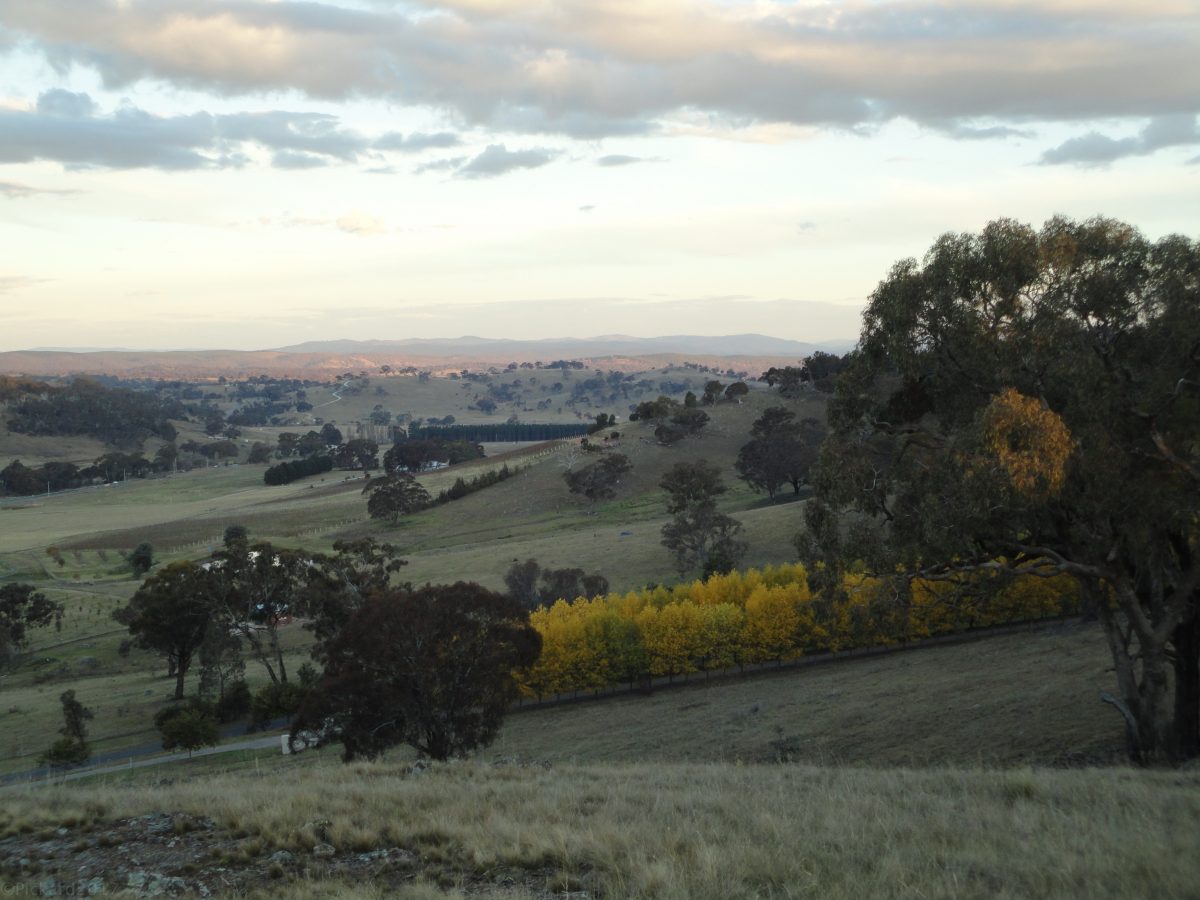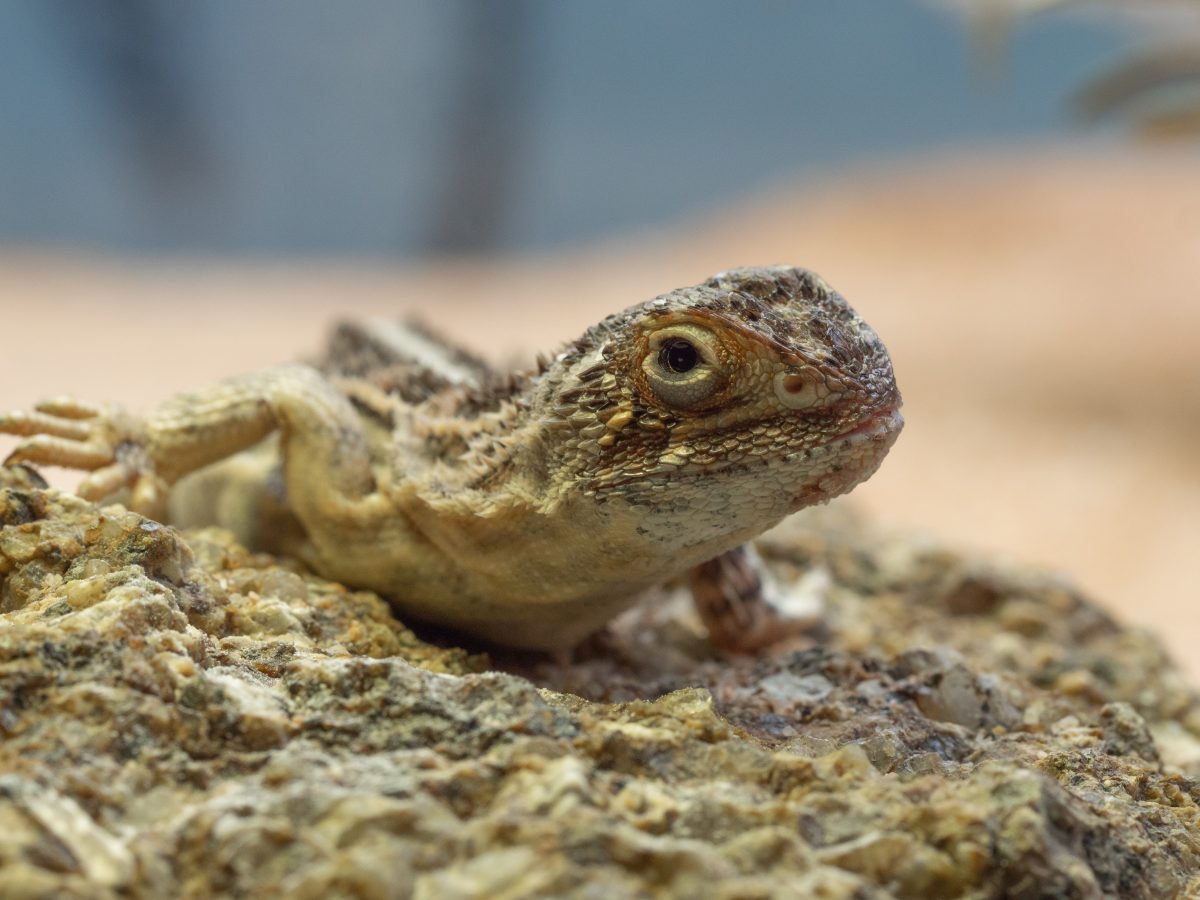
The Majura Valley contains threatened habitat. Photo: Stephen Pickard.
Canberra environmentalists have called on the ACT and Federal governments to protect what they say are Canberra’s most endangered species, living on sites targeted for Defence housing, an airport expansion and even a new residence for the Prime Minister.
The five key grassland and woodland sites total 861 hectares on both ACT and Commonwealth land.
The list includes the North Lawson grasslands in Belconnen; the Majura Firing Range; Majura Valley West, including the area around the Campbell Park offices; Stirling Park, Yarralumla and Yarramundi Reach; and grasslands on Limestone Avenue in Ainslie.
President of Friends of Grasslands, Professor Jamie Pittock from the ANU’s Fenner School of the Environment, said both governments had promised to conserve threatened habitat in 2023, adding “2024 is the year to deliver”.
The two habitats on these sites are Natural Temperate Grassland and Box-Gum Grassy Woodland, which are believed to be among the most endangered ecosystems in southeastern Australia.
Many of these habitats were initially disturbed by agriculture and are now threatened by urban development. It’s estimated that nationally, only around 1 per cent of native grasslands and 5 per cent of grassy woodlands remain in good condition. These ecosystems are characterised by their diversity of attractive wildflowers and many threatened species.
The North Lawson grasslands site in Belconnen comprises 143 ha, of which around 27 ha of habitat is proposed for development by the Federal Government’s Defence Housing Australia, cutting the significant habitat area in half.
The site is home to the threatened Striped Legless Lizard (Delma impar) and Golden Sun Moth (Synemon plana). The Sun Moth is also found on the Majura Field Firing Range, where Canberra Airport Group is proposing a road development around the northern end of the airport.
Advocates say this road would bisect one of the last populations of the Canberra Grassland Earless Dragon (Tympanocryptis lineata) and affect the resident Golden Sun Moth population.
The grassland earless dragon is on the Federal Government’s list of the 110 most threatened species nationally, but advocates say the habitat could be conserved under a conservation agreement that supports existing uses while maintaining biodiversity.
In the Majura Valley and adjoining Mt Ainslie Nature Reserve, threatened species include the Canberra Grassland Earless Dragon, Striped Legless Lizard, Golden Sun Moth and Button Wrinklewort (a daisy; Rutidosis leptorhynchoides). The woodland is renowned as a hot spot for native birds.
Here, environmentalists say the Draft East Canberra District Strategy and likely Eastern Broadacre strategic assessment should be completed in favour of conserving remnant high-conservation value habitats.

A Grassland Earless Dragon in the breeding facility at Tidbinbilla Nature Reserve. Photo: Blake Reeves.
Although Stirling Park in Yarralumla is a listed national heritage site, the area could still be used in the future for a new Prime Minister’s site at the area known as Gurubung Dhaura. This area, along with Yarramundi Reach, is home to the endangered Button Wrinklewort and the Striped Legless Lizard but could be rezoned for nature conservation under the National Capital Plan.
On Limestone Avenue, a small area of grassland in Ainslie adjoins the Mt Ainslie Nature Reserve. The site is home to the Golden Sun Moth but has also been partially cleared for development.
Federal environment minister Tanya Plibersek can reject or alter a number of the proposed developments under federal law and promote reservation of all of the high-quality habitat in Canberra Nature Park.
“These 861 hectares of unprotected land are not a large area, but their reservation is key to conserving many of the most threatened flora and fauna species in the ACT,” Professor Pittock said.
“The Federal Government has the opportunity to deliver on its commitment to prevent extinctions of wildlife by better managing its own lands in Canberra. In 2024, it’s time to give iconic Canberra wildlife a leg up.”
Original Article published by Genevieve Jacobs on Riotact.



